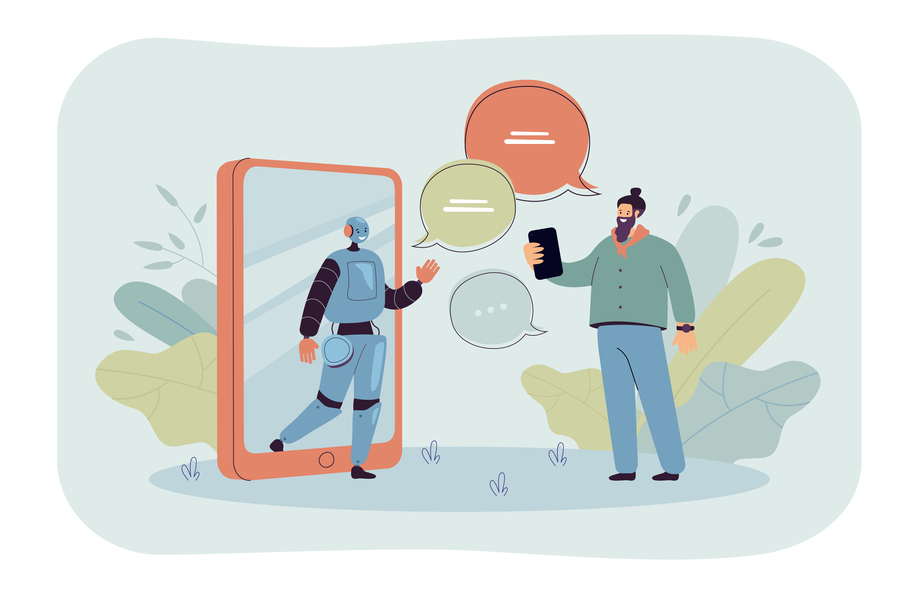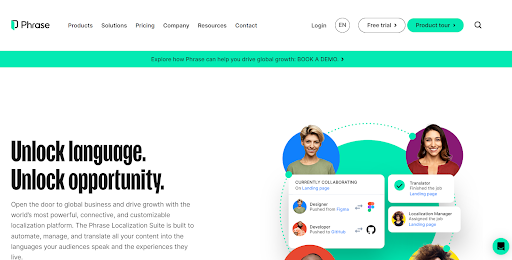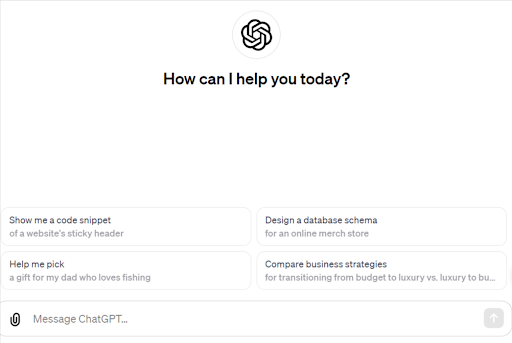AI translation: Revolutionising language barriers
AI translation provides greater customisation and flexibility than conventional machine translation, a remarkable technological breakthrough. What’s the deal? One can prompt AI-generated translations to produce translations that adapt for particular audiences and tones and use your preferred terminology.
Businesses across all sectors are adopting AI-powered translation technology to eliminate language barriers. However, if you are still getting familiar with computational linguistics and machine learning, embracing AI translation can be daunting – particularly with all the buzzwords surrounding it.
We will review the foundations of AI translation in this blog post to help you understand how to use this rapidly evolving technology for your company.

What is AI translation?
AI translation uses various applications that work together before, during and after the translation stage. This technology combines Neural Machine Translation (NMT), Machine Learning (ML), and Deep Learning to analyse and translate languages.
Neural Machine Translation is the most advanced form of machine translation. It uses deep learning models to understand context and nuances in language. Unlike earlier forms, like rule-based or statistical machine translation, NMT can produce more accurate and human-like translations.
Machine Learning is a subset of AI that includes methods like supervised and unsupervised learning, and Deep Learning builds on ML, adding neural networks and semi-supervised learning for more extensive data processing.
How AI translation works
Even though you only need to type a sentence or upload a file to get an instant translation when using an AI translation tool, the process is intricate and requires multiple steps behind the scenes:
- Input processing: The AI receives text input, which it preprocesses for translation. This involves cleaning and segmenting the information into manageable parts.
- Language recognition: The AI identifies the source language. Advanced systems can detect dialects and regional variations without users indicating the source language.
- Machine translation: AI translates the input into the target language. This process uses NMT and other translation technologies to understand context and semantics and provides accurate and contextually relevant translations.
- Post-processing: The preprocessed data is analysed and refined for fluency and accuracy, ensuring the translated text aligns with the target language’s grammatical rules and stylistic nuances.
Top AI Translation Tools
Phrase
Phrase is a powerful translation and localisation platform that streamlines the translation process for businesses and developers. Among its many features and solutions, it has AI language translation capabilities powered by cutting-edge machine translation and AI translation.
The solution leverages leading machine translation technology providers like Amazon, DeepL, Google Translate, and Microsoft Translator, and it allows training machine learning (ML) models to quickly customise these machine translation providers to the unique needs of your business.
With its API and numerous plug-ins, Phrase can integrate with various translation tools and content management systems, making it a highly adaptable solution for complex and technical translation workflows.

DeepL
In recent years, DeepL has gained popularity as a translation solution. Their technology incorporates AI-driven tools that yield accurate and contextually relevant translations. Moreover, it provides users with custom options, such as
- Creating a glossary
- Choosing a formal or informal tone
- Various options for the translated material

DeepL is flexible and easily integrates into other translation tools and platforms with easy-to-use API integrations.
ChatGPT
ChatGPT is a cutting-edge AI model known for generating human-like text. Its ability to understand and respond in multiple languages makes it a helpful tool for translation. It is suitable for translating dialogues, emails, or any text requiring a conversational tone.
However, ChatGPT lacks some of the features of other AI-powered translation tools. For example, it cannot read directly from external files like translation memories and term bases, limiting its efficiency and consistency compared to other CAT tools. Therefore, there are more suitable solutions for large translation projects.

The advantages and disadvantages of AI translation
There are several benefits to AI translation compared to other machine translation types and human translation, but also some significant drawbacks. Let’s take a look.
Pros
- Continuous improvement: With advancements in machine learning, AI translation systems are constantly improving, learning from new data and becoming more accurate every time you translate.
- Context usage: AI translation tools are better at using context in translation than NMT systems like Google Translate. Therefore, they can process content as a whole, leading to better results.
- Adaptability for style: While NMT cannot adapt translations for different styles and audiences, AI-powered translation tools can tailor the translated content to different styles and audiences with the correct prompts.
- Speed and scalability: AI translation can quickly process large volumes of text, regardless of the number of words and languages, allowing businesses to reach a global audience more quickly.
- Cost-effectiveness: AI translation is more affordable than hiring human translators, especially for large-scale projects or when translating into multiple languages.
Cons
- Accuracy and reliability: GPT models, especially in their early versions, may be limited for professional use as they need help with cultural nuances, idioms, specialised jargon and low-resource languages (languages with limited available data for training). These limitations can lead to errors or awkward phrasings.
- Limited integration: NMT integrates better with current translation tools and workflows, and therefore, it is a better option for large projects where, for example, translation memories and term bases are used, or multiple translators work and need to access a translation tool simultaneously.
- Data privacy concerns: When using AI translation services, there can be concerns regarding the confidentiality of data handling, storage, and privacy. You should know the service provider’s policies and be aware of potential regulatory compliance issues (such as GDPR-related).
- Ethical considerations: When choosing AI translation technologies, it is important to consider the potential adverse environmental effects of the data centres used in their development and implementation.
Choosing the right AI translation tool and service
Selecting the right tool depends on your specific needs. Google Translate is an excellent choice for casual use and broad language support. However, Phrase and DeepL offer more customisation options and seamless integration with translation and localisation workflows, and they are more reliable in terms of consistent translation quality.
As machine translation integrates AI capabilities, it becomes more adaptable, flexible, and capable. AI-powered machine translation tools reduce the number of words that need to be translated or edited by a human translator, which results in significant savings on translation costs over time.
However, if you add a human step in your translation workflow, there will be no space for error. At Ampere Translations, we recommend and offer human post-editing services where professional translators check for mistakes and enrich the text to ensure the best translation quality.
Ready to take your brand global? Get in touch with our team and find out what the best translation solution for your needs is.
